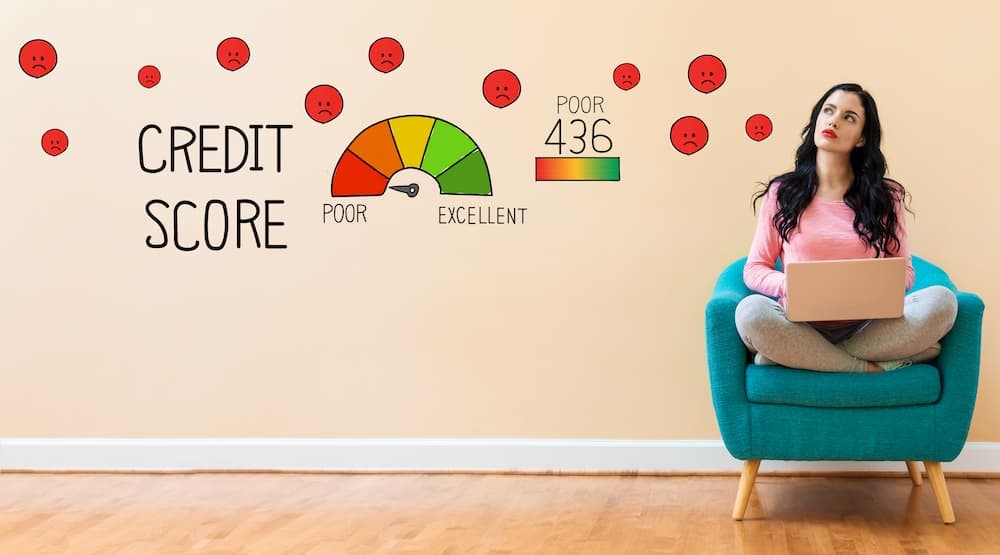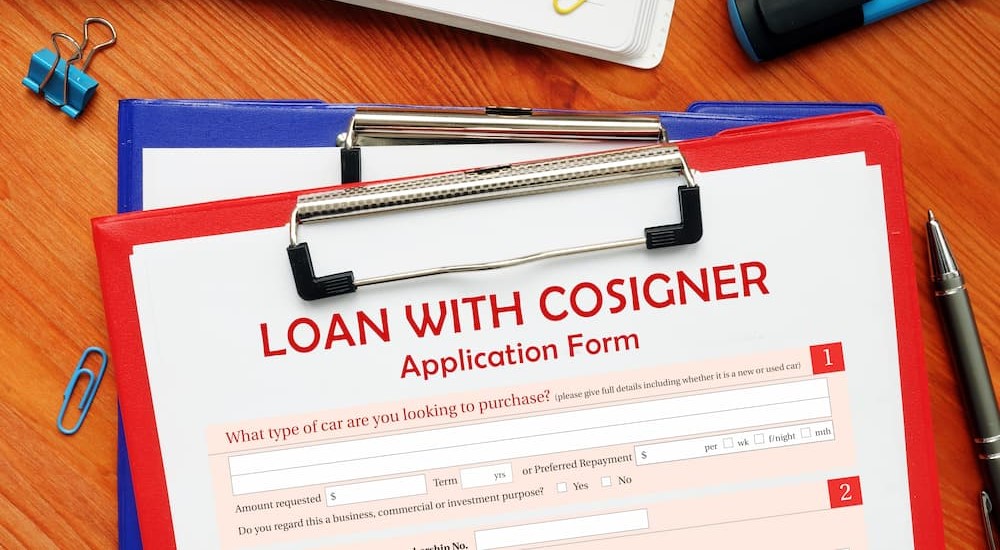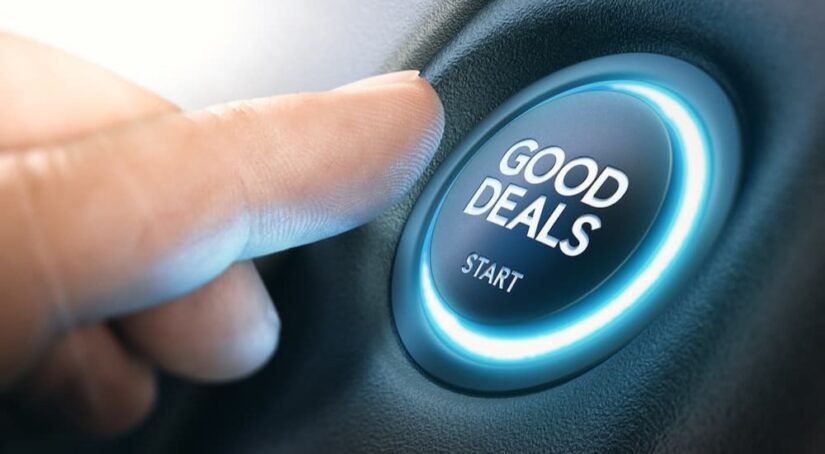There are a number of reasons good people wind up with bad credit. Maybe you have student loans and learned the hard way that your degree didn’t get you as high-paying a job as you’d hoped. Maybe you had to put an emergency expense on a credit card and have been making minimum payments since then. Bad credit can happen to the best people, and it is no reflection of one’s character. But that doesn’t change the fact that having bad credit makes it hard to do certain things, like get a mortgage, rent an apartment, or even buy a car.
If you need a car to get to work or to handle essential activities in your life, and you’re in a pinch—needing it as soon as possible—you might just have to shop for one despite having bad credit. However, that doesn’t mean that you need to overextend yourself, making the cycle of falling behind financially even worse. There is an art to bad credit car financing. If you understand it, you can drive off with monthly payments that are manageable and reasonable. Here’s what to know before you start shopping for a car with bad credit.
First, What Is Considered Bad Credit?
A credit score under 580 is typically considered a bad credit score. For reference, there are five tiers in credit scores: bad (300 to 579), fair (580 to 669), good (670 to 739), very good (740 to 799), and exceptional (800 to 850).
As you move up the tiers, you will receive better interest rates from your lender. That’s important to note because if you’re on the upper end of the bad credit tier, you could be just a few simple steps from moving into the fair tier. We’ll touch on ways to get there soon.

Negotiate What You Can
Once you’re sitting with a lender or a car dealer, you can’t do anything to change your credit score on the spot. It’s one of the few things that aren’t negotiable in the car-buying process. However, there are several related factors that are negotiable, so focus on those.
Remember that there are several pieces to your monthly payment, including the price of the car, the down payment, and the terms of the loan.
The first thing you should do is negotiate down the price of the car. The lower you can get it, the lower your monthly payment will be.
Next, if you’re willing to pay a little more monthly in order to pay less overall, consider a shorter loan term. Opting for a shorter loan term usually means getting a rate reduction; lenders will reward you for paying your loan back quicker.
You should also see if the dealer would agree to provide a couple of complimentary services. This can save you several hundreds of dollars over the next few years.
Finally, you might buy accessories that could lower the price of your car insurance, like GPS trackers and paint protectors. Negotiate the price down on these, as well.
Check Out Multiple Lenders
Like with any borrowing transaction, you’ll want to check out what multiple lenders have to offer. You can speak to several banks and credit unions. You can also see if the car dealership you’re working with has an in-house finance department. Sometimes, they will offer you the best rate because they’re all under the same umbrella company and want to seal the deal no matter what.
Put Down As Much As You Can
The more money you can dedicate to a down payment, the less money you’ll have to borrow. The less money you have to borrow, the less you have to finance. That will result in lower monthly payments. When you have bad credit, money is expensive—so the less of it you borrow, the better.
If you don’t have a lot to put down, consider asking a family member you’re comfortable with to borrow some money for a down payment. Family members will likely charge you a far lower interest rate than a traditional lender would—if they charge you at all.
Get a Cosigner
If your credit score is on the shallow end of the bad tier, you might want to consider getting a cosigner. This would need to be someone who A) has good or great credit, B) can prove that they have enough monthly income to make payments, should you be unable, and C) is willing to take on this risk.
Ideally, your cosigner would never have to make a single payment on the vehicle. However, if you were to default, the payments would become their responsibility. On the upside, having a cosigner with great credit can mean you get a much better rate. You will just need to find someone in your life who is comfortable doing this for you.

Consider a Different Vehicle
As we mentioned before, the lower the price of the vehicle, the lower your monthly payments will be. A lower MRSP means you are borrowing less money, so there’s less to finance. While negotiating down the price of your dream car is one way to go, there’s another way: you could compromise with yourself and go for a less-expensive vehicle.
Ask yourself if you really need this model or all of the features you’re after. Nicer cars and luxury features cost everyone more money, but they cost those with bad credit even more. Every improvement means added cost, and you’re financing it at a higher rate than someone with good credit. So ask yourself if you’d be willing to consider a more affordable vehicle—and skip those heated seats and the Bose sound system.
Wait Until You Improve Your Credit
Finally, if you don’t need a car immediately, you can always wait until your credit score improves. Of course, this isn’t as simple as waiting around. You’d need to make some strategic moves, like paying off whatever debt you can; consolidating your debt; investigating if there are any loan forgiveness programs available, particularly for student debt; reducing your active credit usage to improve your debt to credit ratio; refinancing your current loans to get a lower rate; transferring credit card balances to cards that offer low or zero percent APR promotions. Taking any of these steps could improve your credit, giving you access to better interest rates with a car lender.
Shopping for cars with bad credit does not have to mean accepting astronomical monthly payments. If you have bad credit, you’re likely already under some financial strain. You don’t need the added stress of a huge car loan. Don’t allow predatory lenders to make you believe you are doomed to make high monthly payments. You have the power to inform yourself, shop around, and negotiate.
So remember: negotiate on the things you can, like the car’s price, the cost of accessories, and the loan term. Put down a hefty down payment, if possible, to reduce the overall size of the loan. Consider a cosigner to get better rates. Be open to a more affordable car. And, if all else fails, make some moves to improve your credit score so you can get better rate offers.
If you need a car now—to work or just to live your life—you can’t wait for your score to improve. But that doesn’t mean you’re at the mercy of predatory lenders or terrible rates. Even shoppers with bad credit can find a loan that results in manageable monthly payments, so you can pay for a car on your terms



